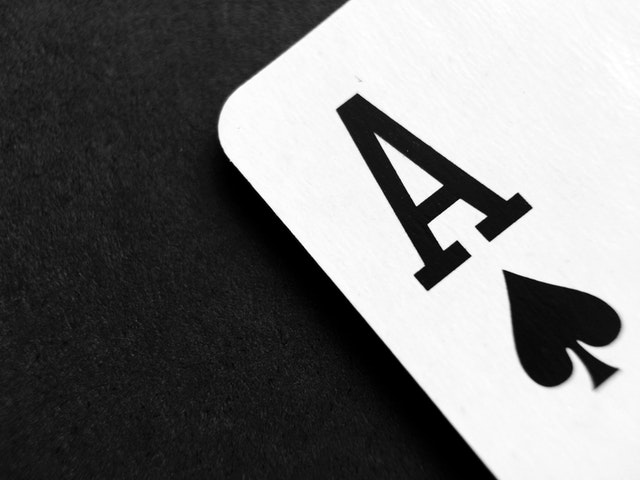Interested in playing online poker at real online casinos? Not sure how to read your opponent in online poker? When you’re playing traditional poker, there are so many different physical signals or tells that players reveal to their opponents.
From changes in their tone of voice to the way they handle their chips, it is fairly easy to watch out for these subtle signs when you are playing poker in person. But these signs are not visible in online poker, so how do you read your opponent? There are a few tells in online poker, and we will outline them here:

● The small bet
The small bet is the easiest tell to understand, and most new gamblers are guilty of making this tell at some point. It’s pretty self-explanatory. If you are sure you are going to lose, you limit the amount you are risking by making a small bet. And when you are sure you are going to win, you make a larger bet to maximize your winnings. But most experienced players will pick up on this tendency and exploit it when a newer player makes a small bet. That said, you need to confirm your suspicions with evidence before acting on the tell. Pay attention to the player’s hand once you notice that they are making a small bet to confirm the tell.
● The wait shove
Another common tell is the wait shove. One player is taking a lot of time to decide on their play. Clearly, they are agonizing over their decision, whether they want to risk a call or fold their top pair. And ultimately, they decide to go all in. An initial reaction to this play is that the player must be bluffing or they would not have to agonize over the decision. But an extremely long wait before going all-in often means that the player is actually holding an excellent hand and simply wants the other players to think they are bluffing. They likely have you beat, so it’s often safer to fold your own hand than risk it.
● The check and instant raise
This is a common play for newer players. They decide to try to trick the other players by checking when they have a strong hand, making the other players think that they have nothing. When the other players take advantage of this perceived weakness, they come back and raise the bet during the next hand. You should interpret this tell as the sign of a strong hand and either fold or call a minimum raise if you’re drawing.
● The instant call
If a player decides to call a bet immediately, this is usually an indication that their hand is both too strong to fold and too weak to raise with. So the player is likely holding a medium-strength hand. It’s important to take into account the texture of the board in this case. Your opponent might have a straight, flush or combo draw. If you think this is possible, make sure that your bet size does not give them the right odds to make a call.
● Stack sizes
If you are playing a cash game, some regular players will rebuy chips so that they always have the largest stack size possible, while newer or weaker players tend to only rebuy when they run out of chips. So pay attention to those stack sizes. If a player never falls below the maximum stack size possible, they are likely a strong player that you should watch out for and treat with respect.
● Odd bet sizes
Some novice poker players will bet amounts like $2.87 rather than $3.00 to make their bet size seem larger than it actually is. Watch out for this strategy, because this can actually be interpreted as a sign of weakness or even a bluff.
● VIP status
Some of the best online casinos actually brand players with the level they have achieved in their loyalty program. So if a player has achieved fairly high status, that means that they are a regular poker player who knows what they’re doing.
These signs and tells should help you make safer bets and have a higher advantage when playing poker. Keep a close eye on your opponent(s) while engaging in poker online.